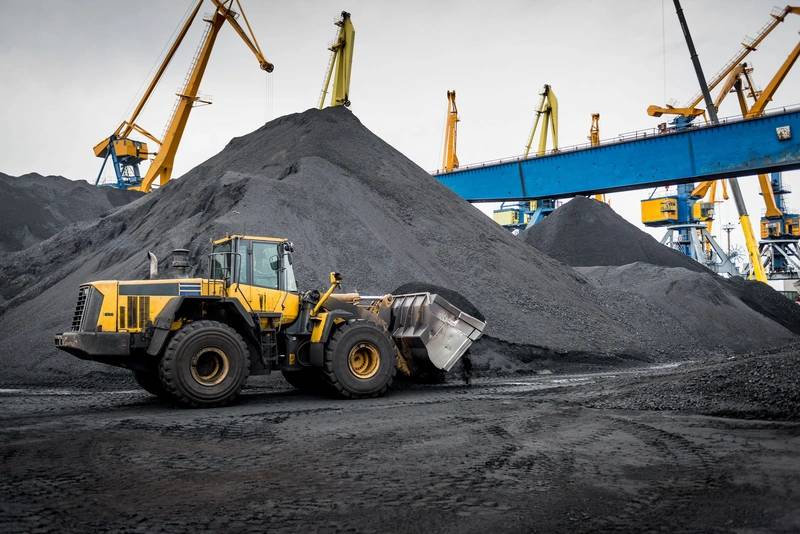China's Coal imports from Australia Plummet 98.6%, but India, S. Korea fill the Gaps
In the first seven months of the year Chinese coal imports from Australia have totalled just 780,000 tons as Chinese restrictions on Australian coal have started to hurt, according to Oceanbolt. This represents a 98.6% drop compared with 56.8 million tonnes in the same period in 2020.
In the first seven months of 2020, 697 voyages were made carrying coal between Australia and China. Out of these, 59.1% were on Panamax ships while Capesize ships proved the second most popular, accounting for 35.3%. So far this year, only 14 journeys have been carried out, of which eight were on Panamax ships.

On the other hand, imports of coal from Indonesia have grown 45.2%, from 76.4 million tonnes in the first seven months of last year to 110.9m tonnes in 2021, resulting in the share of total Chinese coal imports from Indonesia jumping to 60.4%. The share from Australia on the other hand has fallen to just 0.4% in the first seven months of 2021.

- Total Australian exports still up
Despite the steep drop in exports to China, total Australian coal exports are up by just under 400,000 tons compared with the first seven months of last year, representing a growth rate of 0.2%. Exports to India and South Korea have grown the most, up by 22.3 million tonnes (+96.3%) and 15.0 million tonnes (+72.2%) respectively.
The marginal growth so far this year leaves total Australian coal exports at 223.4 million tonnes in the first seven months of the year which, excluding 2020, is the slowest start to the year since 2015. Despite this, the new destinations mean that tonne mile demand has not fallen back to 2015 levels, as the average sailing distance travelled per tonne has risen to 4,603 miles (+6.6% from 7M 2020), generating more tonne-miles and benefitting the dry bulk shipping industry. While volumes grew 0.2% in the first seven months of 2021 compared to 2020, tonne mile demand generated by Australian coal exports has risen 6.8%.
“As disruption on the Australia-China coal trade enters its second year, new matches are being made between buyers and sellers as they all seek to fill the gaps left by restrictive trade policies. These changes fit into the wider picture of a strong dry bulk market influenced by various congestions, particularly in Asia, soaking up tonnage and pushing freight rates upwards,” says Peter Sand, BIMCO’s Chief Shipping Analyst.
